Consider these seven must-know design rules before decorating your home.
1. Onnah Design
Ensure neat and resolved ceiling detailing
Consider perimeter bulkheads and shadow lines in a room to give a floating effect that successfully hides the often untidy junction between walls and ceilings. If deep and wide enough, this detail can neatly conceal often unsightly curtain tracks and allow for concealed LED strip lighting to enhance the mood and lighting in the space. The introduction of bulkheads assists with creating the above-mentioned curtain/lighting recesses. It also allows for the introduction of downlights when combined with a concrete soft-fit, which can act as a tool to define more than one room function in a space.
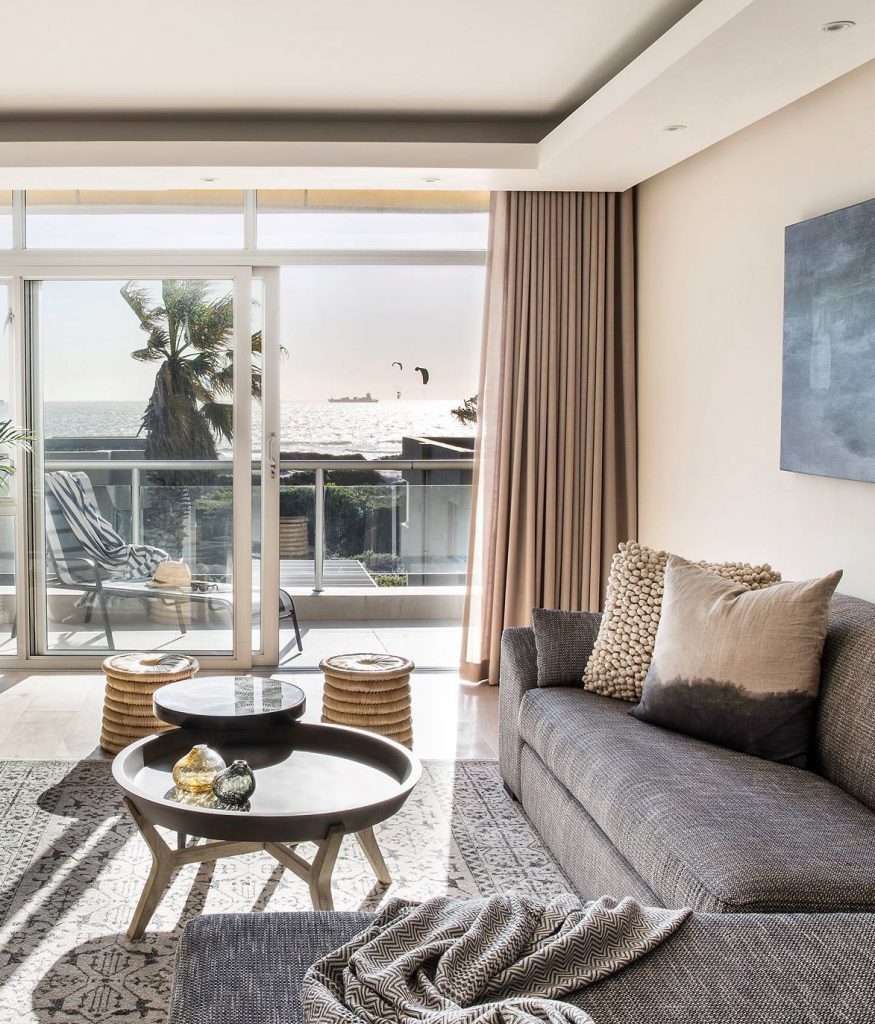
Onnah Design
Ask yourself, “Who am I?” and “What are my values?”
Before you begin decorating a room you should ask yourself the questions, “Who am I, what do I value and what is my lifestyle?” Then create a Pinterest board that captures the essence of who you are as a person, your aspirations and preferences, as well as that of your family. If you know who you are and what you value, you will know what type of interiors naturally resonate with you and these spaces will make you happier as they are intrinsic to who you are.
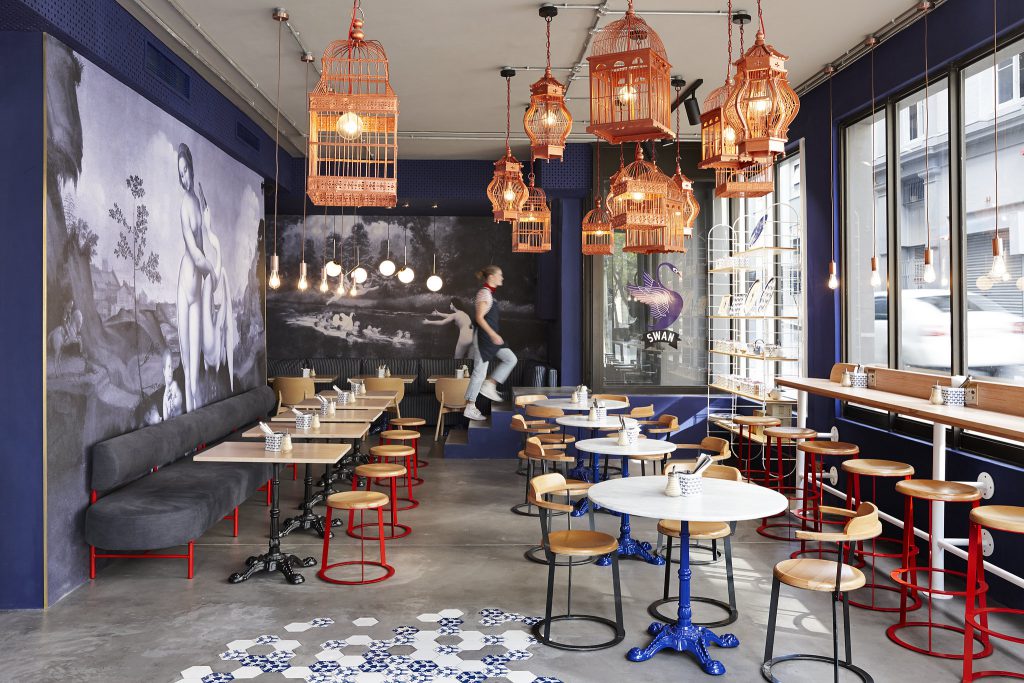
Haldane Martin
Consider scale of proportion
The size of an object in relation to the space it occupies, as well as how two items relate to each other, are of paramount importance. Scale, size and symmetry, if used effectively, can add a functional, harmonious and beautiful element to any space. In a lounge area, pair two chairs at a similar height to the sofas. A dining area should provide space for movement, and feature chairs at the correct height in relation to the area. In all design choices the imperative is to cater for human scale allowing for flow and easy interaction.

So Ya Designs
Be the king – or queen – of your castle
While at home a large portion of your time is spent in your bedroom, and when you enter this room you should feel like the ‘king of your castle’. I always think of the wall backing your headboard as the throne. Your bedroom should be your sanctuary. My advice would be to design your headboard and decorate the wall behind it with colours, textures (using fabric/wallpaper) and shapes (on your headboard/pattern in the wallpaper) that inspire, comfort and calm you so that upon entering and exiting the room you feel safe, rested and refuelled.
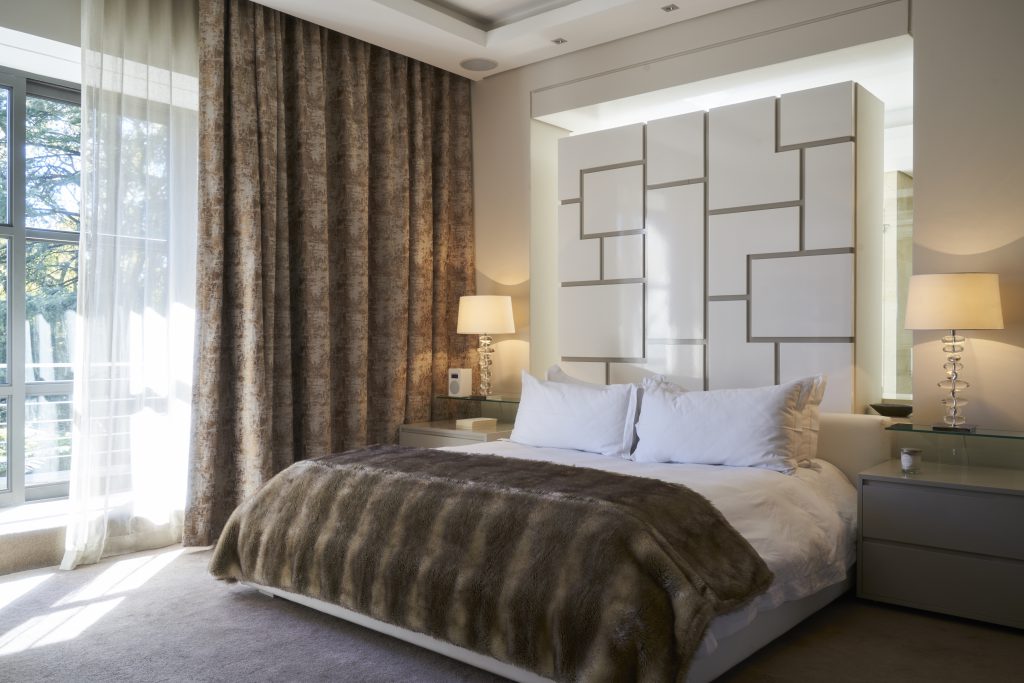
Dolce Vita Designs
5. KARE
Invest in furniture you love
Who wants to live with things you don’t like? If unsure of what your tastes are then page through magazines or take a look online and work out your personal style – you can quickly develop a picture of what you are drawn to. You should also take a more practical approach by opting for pieces that work for you in terms of scale and usability.
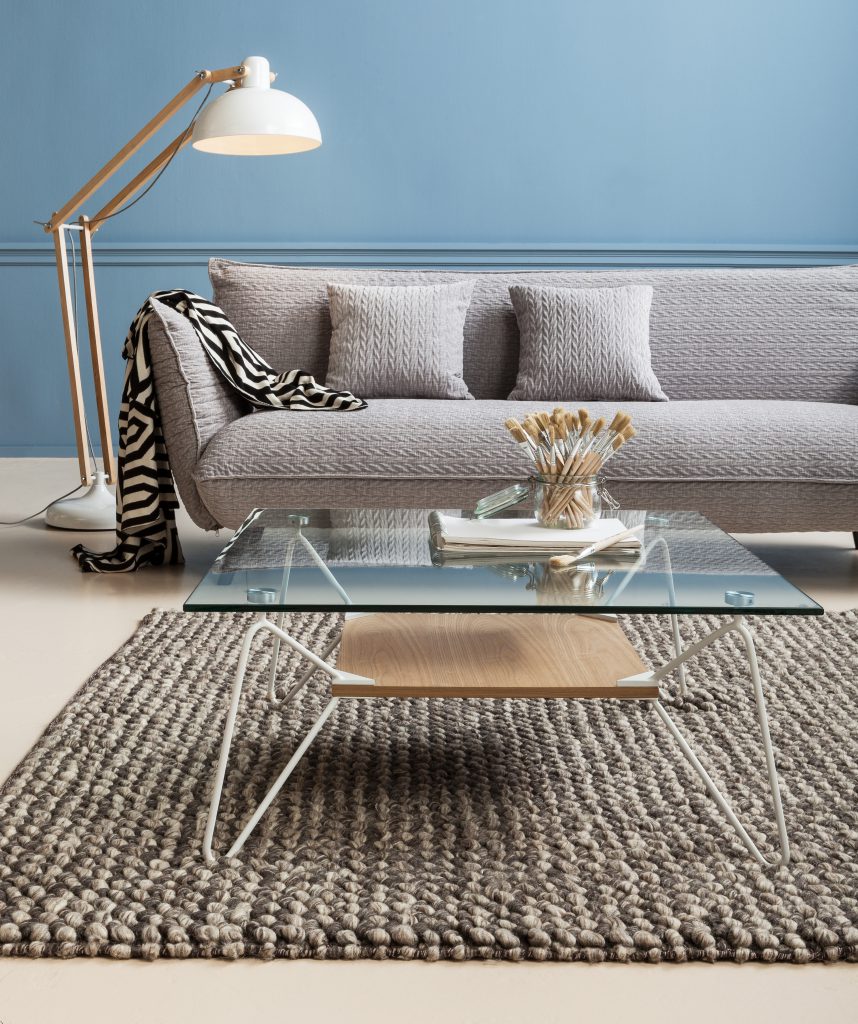
KARE
Texture and pattern uplifts any space
Always consider textures and pattern to uplift any space, for instance this bedroom. If you would only have had a bland green wall and green wooden headboard, there would be no interest in this bedroom. But by adding the two throws and playing on the texture and pattern, with curtains adding additional interest, you create a modern and interesting space.
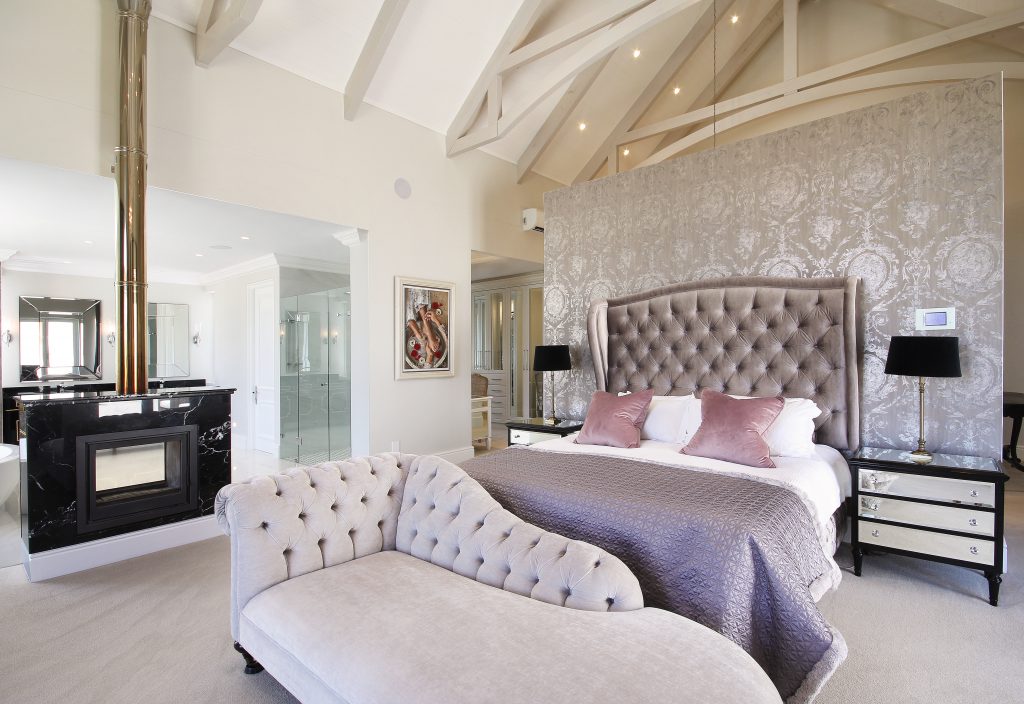
Decor Identity
7. LaForma
Adopt the 60-30-10 colour rule
Decide first on what your 60% colour would be in the house – in an open-plan house a good idea is to use this colour throughout the home to create a flow. You can play around with the 30% as your secondary colour and 10% in accents. Always remember a colour will create different atmospheres in various spaces. Blue for example is calming and a great colour to use in lounge areas where you want to relax or in a bedroom but red, which is vibrant and energetic, is a brilliant colour to use in a dining room as it increases your appetite.
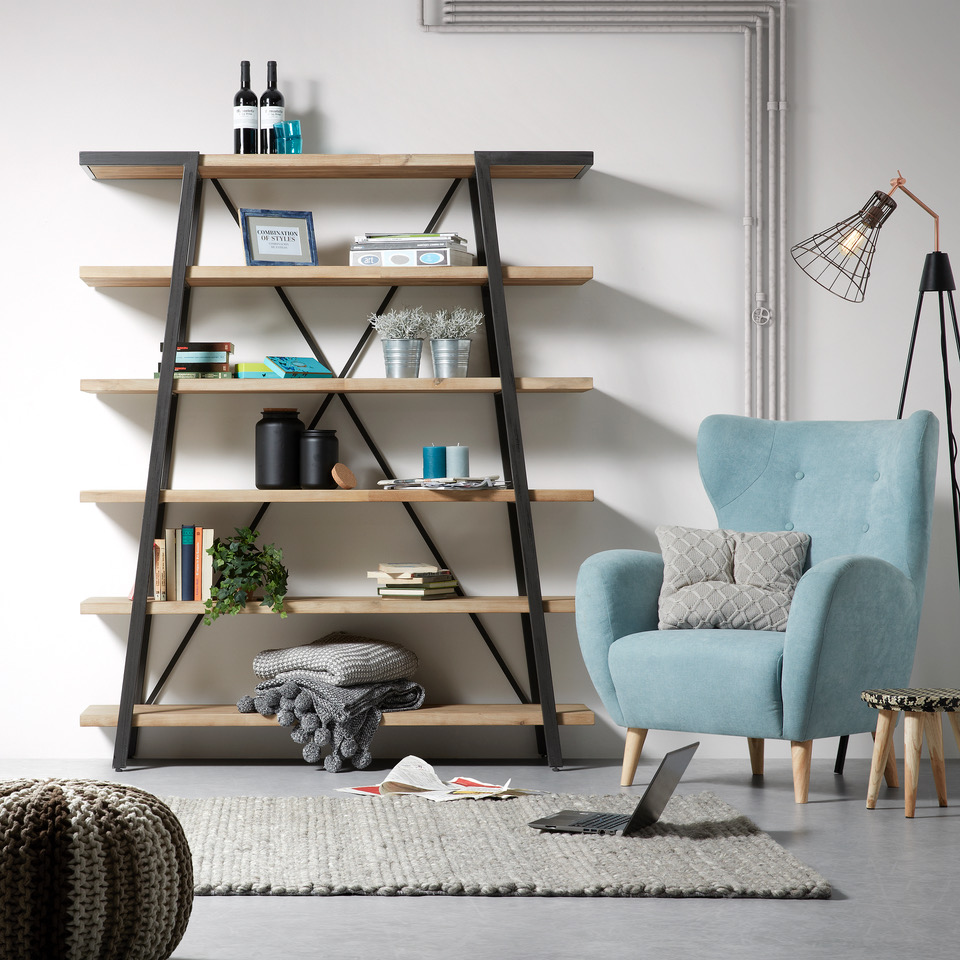
LaForma





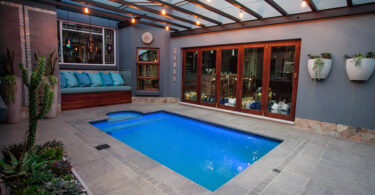

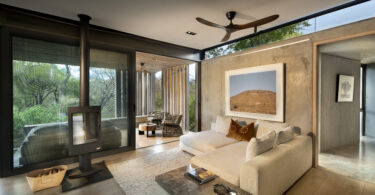
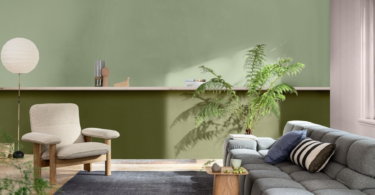
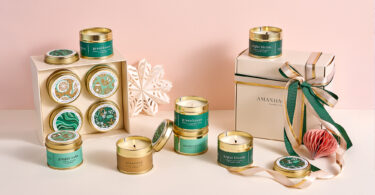
Leave a Comment